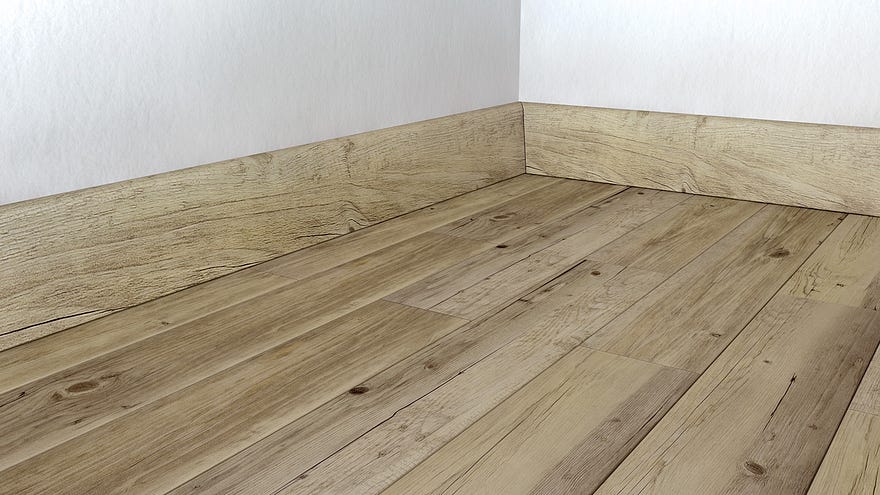Floor Skirting Enhancing Interior Aesthetics and Protection

Floor skirting, also known as baseboards or skirting boards, plays a significant role in both interior design and functional home improvement. It serves as a transitional element between the floor and walls, providing a neat and polished look while offering practical benefits. Whether you’re designing a new space or renovating an existing one, understanding the importance of floor skirting can help you make informed decisions about its style, material, and installation.
What is Floor Skirting?
Floor skirting refers to the horizontal boards fixed along the bottom edge of walls where they meet the floor. These boards not only enhance the visual appeal of a room but also protect walls from scuffs, scratches, and wear caused by furniture, cleaning equipment, and foot traffic. Skirting boards come in various materials, sizes, and styles, making them adaptable to different interior themes.
Types of Floor Skirting Materials
The choice of skirting material depends on factors such as budget, durability, and design preferences. Common materials include:
Wooden Skirting
Wooden skirting is a classic choice that adds warmth and elegance to any space. It can be stained, painted, or polished to match the room’s decor. While natural wood offers timeless appeal, engineered wood is a more cost-effective and durable alternative.
MDF (Medium-Density Fiberboard) Skirting
MDF skirting is a popular budget-friendly option. It’s easy to work with, resistant to warping, and can be painted in any color. However, it may not be as durable as natural wood in high-moisture areas.
PVC Skirting
PVC skirting is lightweight, waterproof, and resistant to termites, making it suitable for bathrooms, kitchens, or areas prone to moisture. It’s available in various colors and finishes, including wood and marble textures.
Metal Skirting
Metal skirting, often made from stainless steel or aluminum, is ideal for modern and industrial-style interiors. It is durable, sleek, and low-maintenance.
Tile Skirting
Tile skirting matches seamlessly with tiled floors and is often used in areas with high hygiene requirements, such as bathrooms and kitchens. It offers excellent durability and water resistance.
Benefits of Floor Skirting
Protection: Skirting protects walls from damage caused by vacuum cleaners, mopping, and daily wear and tear.
Aesthetics: It hides uneven edges between walls and floors, giving a clean and sophisticated finish to a room.
Concealment: Skirting can be used to cover electrical wiring, gaps, or imperfections near the base of walls.
Ease of Maintenance: It simplifies cleaning by preventing dirt and debris from accumulating in hard-to-reach corners.
Design and Installation Considerations
When choosing floor skirting, consider the room’s overall design. For traditional interiors, opt for decorative skirting with intricate profiles. Minimalist and modern designs benefit from simple, straight-edged skirting. Additionally, the height of the skirting should complement the room’s dimensions, with taller skirting boards making a bold statement in larger spaces.
Proper installation is crucial for achieving a professional finish. Ensure the skirting fits snugly against walls and floors, with no gaps. Use durable adhesives or screws for secure attachment.
Conclusion
Floor skirting Qatar is more than just a decorative element; it’s a functional feature that enhances the durability and appearance of interiors. By selecting the right material and design, you can achieve a harmonious balance between aesthetics and practicality, elevating your living or working space.
Comments
Post a Comment